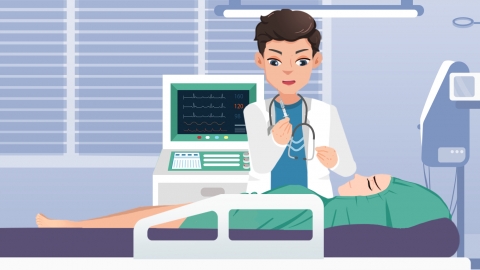How to get rid of sebaceous cysts
Fatty cysts should be managed based on their size and symptoms, with options including observation, medication assistance, liposuction, laser therapy, or surgical excision. Most cases require medical intervention, as spontaneous resolution is unlikely. If the cyst grows rapidly, causes pain, or affects appearance, prompt medical consultation is recommended.

1. Observation: For small cysts (diameter <1 cm) that are asymptomatic and show no changes, no specific treatment is needed. Monitor every 6–12 months via physical examination or ultrasound to assess cyst size, avoiding unnecessary interventions.
2. Medication assistance: There are no specific drugs that eliminate fatty cysts. If mild inflammation or pain accompanies the cyst, topical anti-inflammatory ointments (e.g., diclofenac diethylamine gel) may be used under medical guidance to relieve symptoms. However, these do not remove the cyst itself and serve only a supportive role.
3. Liposuction: Suitable for superficial and smaller cysts. A liposuction needle is inserted into the cyst to extract fatty tissue. This method is minimally invasive and allows quick recovery, making it ideal for patients concerned about surgical scarring or those with superficially located cysts—provided the cyst has well-defined borders.
4. Laser therapy: Uses laser energy to destroy cyst tissue and promote fat breakdown and absorption. Applicable for tiny, superficial cysts, this approach avoids incisions and causes minimal trauma. However, it is effective only for cysts within a certain size range and may require multiple sessions.
5. Surgical excision: The definitive treatment, recommended for cysts larger than 1 cm in diameter, those causing symptoms, or affecting cosmetic appearance. Under local anesthesia, the skin is incised, and the entire cyst is removed intact. The wound is then sutured, with post-healing scars typically inconspicuous.
In daily life, avoid repeated pressure or friction on the cyst area, maintain skin cleanliness, follow a balanced diet low in high-fat foods, and engage in regular exercise to manage body weight—these measures help reduce the risk of abnormal cyst enlargement.






